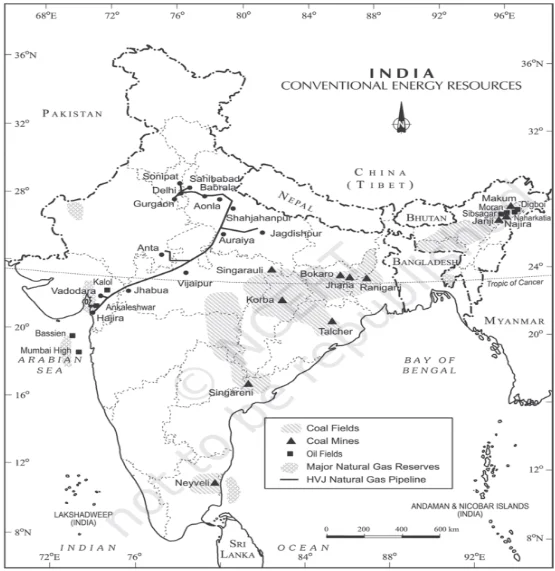![]() May 4, 2024
May 4, 2024
![]() 5779
5779
![]() 0
0
In India, coal, petroleum, natural gas, and electricity are the main sources of energy. Coal, formed from plant material over millions of years, dominates energy production, followed by petroleum and natural gas. These conventional sources play a crucial role in powering industries and meeting domestic needs.”

|

| Must Read | |
| Current Affairs | Editorial Analysis |
| Upsc Notes | Upsc Blogs |
| NCERT Notes | Free Main Answer Writing |
Conclusion
India’s energy landscape heavily relies on conventional sources like coal, petroleum, and natural gas, alongside electricity generation. While these sources have fueled growth, there’s a growing recognition of the need for sustainable alternatives to meet future energy demands and mitigate environmental impacts.”
| Related Articles | |
| Conventional Sources of Energy in India | MINERALS AND ENERGY RESOURCES OF INDIA |
| NORTH-EAST INSURGENCY | Energy Transition |
<div class="new-fform">
</div>

Latest Comments